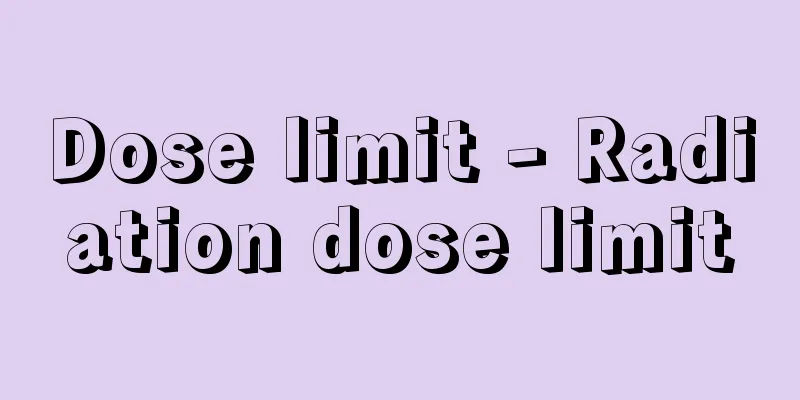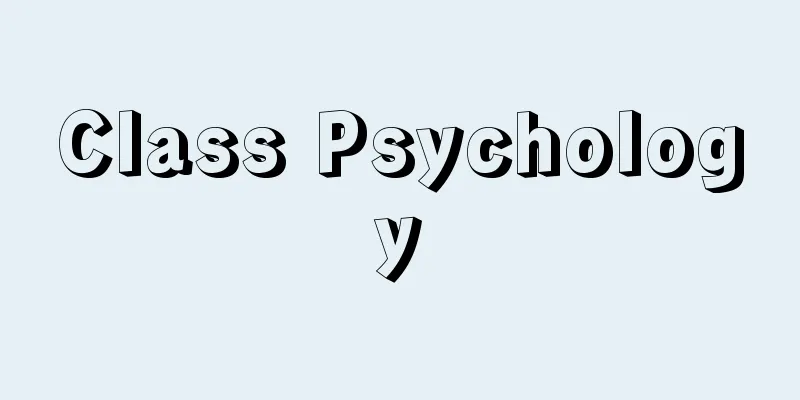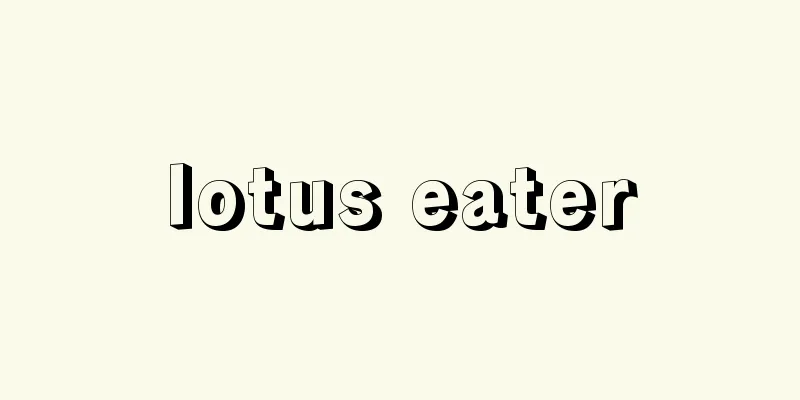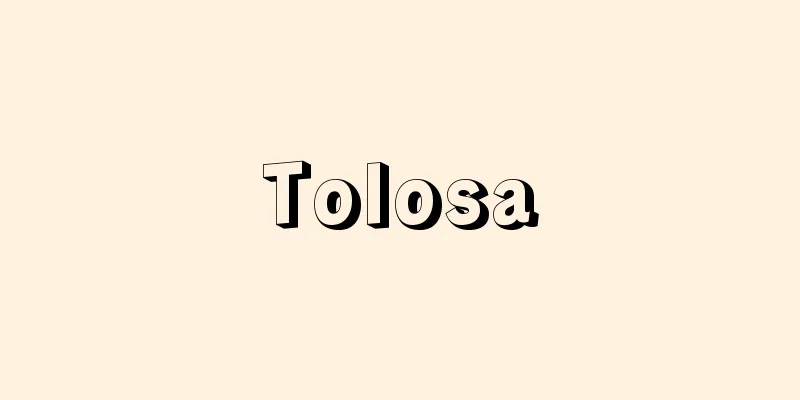Dose limit - Radiation dose limit

|
This refers to the limit of radiation dose determined by taking into consideration the effects of radiation on the human body. The standard values provided as recommendations by the International Commission on Radiological Protection (ICRP) are adopted as dose standards in various laws related to radiation protection in Japan and other countries. The names of dose limits in the ICRP recommendations have changed to "tolerable dose," "maximum permissible dose," "acceptable dose," and "dose limit" to reflect newly acquired knowledge. The unit of dose was also originally the roentgen, which was only used for X-rays, but due to the need to measure and manage various types of radiation, it became rem, which incorporates the relative biological effectiveness (RBE) of each type of radiation, and is now the sievert. [Shoji Izawa] Changes in dose limitsIn 1934, a "tolerable dose" of 0.2 roentgens per day was recommended for the protection of medical workers using X-rays, etc. This is roughly equivalent to 500 millisieverts per year in the current Sievert unit. In the 1950s, the use of atomic energy became widespread, and the types of radiation that were the subject of radiation protection measures expanded from X-rays to all ionizing radiation, including α (alpha) rays, β (beta) rays, γ (gamma) rays, and neutron rays. In addition, the scope of control was expanded from occupational exposure of radiation workers to exposure of the general public, and limits were recommended. In the 1956 recommendation, the "maximum permissible dose" was set as the weekly dose and accumulated dose limit for occupational exposure, and a value equivalent to one-tenth of that was set as the limit for protecting the public from radiation exposure. Converted to the current sievert unit, this is equivalent to 50 mSv per year for workers and 5 mSv per year for the public. This value for workers was reduced to 20 mSv per year averaged over a five-year period in the 1990 recommendation as the "dose limit." This was based on new knowledge of radiation risks obtained from surveys and research on the damage suffered by atomic bomb survivors in Hiroshima and Nagasaki. Meanwhile, the dose limit for the public has been reduced to 1 mSv per year since the statement issued at the 1985 ICRP Paris Conference (Paris Statement). These limits were retained in the 2007 Recommendations, which set out (1) a dose limit of 20 mSv per year averaged over a five-year period and not to exceed 50 mSv in any one year for occupational exposure, and (2) a dose limit of 1 mSv per year for public exposure (in special circumstances, the average over a specified five-year period may be 1 mSv per year). In addition to the "dose limits" recommended for "planned exposure situations" where radiation protection can be planned in advance, such as during normal operation, the ICRP introduced the concept of "reference levels" and set standard values in its 2007 Recommendations. These reference levels provide guidelines for the governments of the countries involved to take various measures, such as evacuation, relocation, decontamination, and restrictions on food and drink, in "emergency exposure situations" (situations in which it is necessary to respond to emergencies, including nuclear accidents and acts of vandalism) and "existing exposure situations" (cases in which radioactive contamination remains for a long period after an accident or where high concentrations of radon exist in homes or workplaces). [Shoji Izawa] Dose limit conceptThe ICRP classifies harmful health effects from radiation exposure into two types: deterministic effects and stochastic effects. Deterministic effects include cataracts, skin damage, and infertility caused by cell death and dysfunction due to high-dose exposure. A characteristic of deterministic effects is that there is a threshold dose at which the effects occur, in other words, up to a certain dose level, the effects of radiation do not appear. The "tolerance dose" established at an early stage implied that there was a safe threshold, and was based on the idea that the occurrence of effects could be prevented if the radiation exposure dose was lowered below the threshold. However, as research into the effects of radiation progressed, it became clear that in addition to deterministic effects, stochastic effects also occur. Stochastic effects include cancer and genetic effects caused by cell mutations due to radiation exposure (genetic effects have only been demonstrated through biological experiments to date). In determining limits by focusing on these stochastic effects, the LNT (Linear Non-Threshold) model adopted by the ICRP shows that the probability of occurrence of an effect increases in proportion to the dose and there is no threshold, meaning that even low doses do not mean that the risk is zero. In addition, the theory that the occurrence of cancer is essentially stochastic makes it difficult to clearly distinguish between safety and danger. In order to determine the acceptable level in the face of these difficulties, for example, the 1977 Recommendation introduced the idea of "risk comparison." This is a method of calculating the level of risk (hazard) associated with radiation exposure and comparing the result with the risk associated with other occupations that are recognized to have a high level of safety to determine whether the limit is acceptable or not. In addition, the 1990 Recommendations and the 2007 Recommendations base their protection systems on three principles: (1) the "principle of justification," which states that an action involving radiation exposure is only justified when the benefits outweigh the harms, (2) the "principle of optimization of protection," which states that exposure doses should be kept as low as reasonably achievable, taking into account economic and social factors, and (3) the "principle of application of dose limits," which states that the total dose received by an individual should not exceed appropriate limits specified by the Commission. Among these, the 1990 Recommendations and the 2007 Recommendations clearly state the importance of the principle of optimization. [Shoji Izawa] [References] | | | | | | |Source: Shogakukan Encyclopedia Nipponica About Encyclopedia Nipponica Information | Legend |
|
放射線による人体への影響を考慮して決められた放射線量の限度をいう。国際放射線防護委員会(略称ICRP)から勧告として提供された基準値が、日本をはじめ各国において、放射線防護に関連する諸法令の線量基準に採用されている。ICRP勧告における線量限度の呼称は、「耐容線量」、「最大許容線量」、「容認線量」、そして「線量限度」と、新しく得られた知見を反映して変遷してきた。また、線量の単位も、最初はX線のみに対して導入されたレントゲンであったが、さまざまな種類の放射線を測定管理する必要からそれぞれの放射線の生物効果比(RBE)を盛り込んだレムになり、現在はシーベルトに変わった。 [井澤庄治] 線量限度の推移1934年、X線等を利用する医療従事者の防護のために「耐容線量」として、1日当り0.2レントゲンが勧告された。これは、現行のシーベルト単位で表せば、1年当り500ミリシーベルトにほぼ相当する。 1950年代になって、原子力の利用が盛んになり、放射線防護上対象となる放射線の種類も、X線だけではなく、α(アルファ)線、β(ベータ)線、γ(ガンマ)線や中性子線など、すべての電離放射線に拡大した。また、管理対象を放射線作業者に対する職業上の被曝(ひばく)だけではなく、一般公衆の被曝にも広げて限度量が勧告された。 1956年の勧告では、「最大許容線量」として、職業上の被曝に関して週当りの線量と集積線量の限度が設定され、公衆の被曝防護のための限度として、その10分の1に相当する値が設定された。現行のシーベルト単位に換算すれば、作業者に対して1年に50ミリシーベルト、公衆に対して1年に5ミリシーベルトに相当する。作業者に対してのこの値は、1990年勧告で、「線量限度」として、5年間平均で1年当り20ミリシーベルトに低減された。広島・長崎の原爆被爆者の被害調査・研究等から得られた新しい放射線リスクの知見に基づくものである。一方、公衆に対する線量限度は、1985年のICRPパリ会議で出された声明(パリ声明)以来、年間1ミリシーベルトに低減された。これらの限度量は、2007年勧告にも引き継がれ、(1)職業被曝に関して5年間の平均で年間20ミリシーベルト、かつ、どの1年においても50ミリシーベルトを超えるべきでない、(2)公衆被曝に関して年間1ミリシーベルト(特別な事情においては、定められた5年間にわたる平均が年間1ミリシーベルト)の線量限度が示されている。 また、ICRPは、2007年勧告で、通常の操業状態のように放射線防護が前もって計画できる「計画被曝状況」に対して勧告された「線量限度」のほかに、新しく「参考レベル」の概念を導入し基準値を示した。この参考レベルは、「緊急時被曝状況」(原子力事故や破壊行為を含む緊急事態に対応する必要がある状況)や「現存被曝状況」(事故後長期間にわたって放射性汚染が残存するとか住居内や作業場内に高濃度のラドンが存在する等の事例)に対して、当事国の政府が待避や移住、除染、飲食物の規制など、さまざまな対策をとる上での目安を示したものである。 [井澤庄治] 線量限度の考え方ICRPは、放射線被曝による有害な健康影響を2種類に分類し、確定的影響と確率的影響とよんでいる。確定的影響には、高い線量の被曝による細胞死や機能不全から生じる白内障や皮膚の損傷、不妊等がある。その特徴は、影響が起こる線量に閾値(しきいち)がある、つまり、あるレベルの線量までは、放射線による影響が現れないことである。初期の段階で定められた「耐容線量」は、安全な閾値があることを暗に示しており、被曝線量を閾値よりも低くすれば影響の発生を防止できるという考え方によっていた。 しかし、その後、放射線影響の研究が進み、確定的影響のほかに確率的影響が生じることが明らかになった。確率的影響には、放射線被曝による細胞の突然変異等に起因して生じる癌(がん)や遺伝的影響等がある(遺伝的影響については、現在のところ生物実験のみでの実証)。この確率的影響に着目して限度を決定するにあたっては、ICRPが採用しているLNT(Linear Non-Threshold)のモデルでは、影響の発生確率は線量に比例して増加し閾値がないため、線量が低くてもリスクがゼロではないこととなり、また、癌の発生はそもそも確率的であるとする本質論からも、安全と危険を明確に区別することは困難になる。この難しさの中で容認点を定める方法として、たとえば、1977年勧告では、「リスク比較」の考え方を導入している。これは、放射線被曝に伴うリスク(危険度)のレベルを算定し、その結果を高い安全水準にあると認められている他の職業に伴うリスクと比較する方法で、限度量が容認できるか否かを判断するものである。また、1990年勧告や2007年勧告では、(1)放射線被曝を伴う行為は、それによる損害を利益が上回る場合でなければ正当化されないとする「正当化の原則」、(2)経済的、社会的要因を考慮に入れながら、被曝線量を合理的に達成し得る限り低く保つべきであるとする「防護の最適化の原則」、(3)個人の総線量は、委員会が特定する適切な限度を超えるべきではないとする「線量限度の適用の原則」の3原則を防護体系の基本とし、なかでもとくに最適化の原則の重視を明記している。 [井澤庄治] [参照項目] | | | | | | |出典 小学館 日本大百科全書(ニッポニカ)日本大百科全書(ニッポニカ)について 情報 | 凡例 |
<<: Dye intermediates - dye intermediates
>>: Dosimeter - Senryo-kei (English spelling) dosimeter
Recommend
Paraguayan War - Paraguay War
A war between Paraguay and the allied forces of A...
Mauro Marini, R.
…An economist on par with Frank is Theotonio Dos ...
Screen credit
...The reason why the company did not reveal the ...
Agkistrodon rhodostoma (English spelling) Agkistrodon rhodostoma
… [Takahiro Matsui]. … *Some of the terminology t...
International Style
→International style architecture Source : Heibons...
Trichosanthes
...A perennial vine of the Cucurbitaceae family t...
Laufer
American orientalist and anthropologist. Born in C...
Tirso de Molina
1571?-1648 Spanish playwright. His real name was G...
Nobuyuki Aoyama
Year of death: Tempo 14.9.6 (1843.9.29) Year of bi...
Bourgogne Theatre (English: Théâtre de l'Hôtel de Bourgogne)
A theater in Paris. It was founded in 1548 by the ...
Sakurahime Zenden Akebono Soushi - Sakurahime Zenden Akebono Soushi
A reading book. Five volumes. Written by Santo Kyo...
Cusp (English spelling)
A singular point in an algebraic curve is a point ...
Kamigata rice transport - Kamigata rice transport
…Rice was mainly sent from western Japan and the ...
Untashgar - Untashgar
…The ruins of an Elamite city, located 40 km sout...
Kenkado Miscellany - Kenkado Miscellany
Essays from the end of the Edo period. Written by ...









